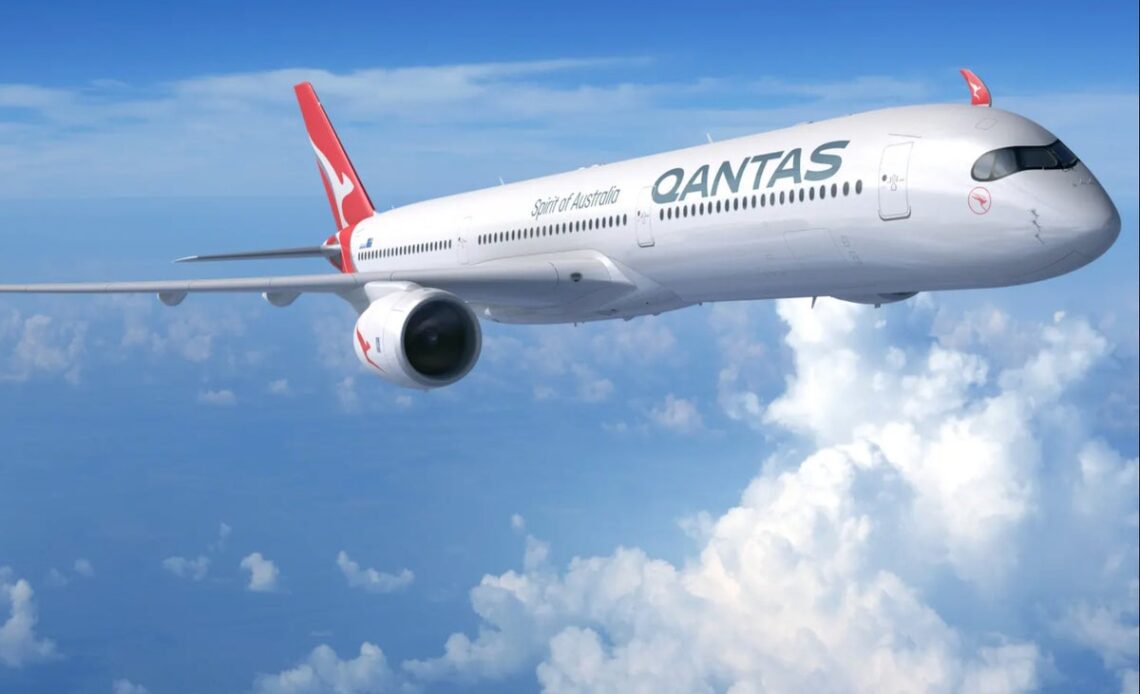Local time here at Hong Kong airport is 10.40pm on Tuesday evening. In half an hour, British Airways flight BA32 is due to depart for London Heathrow from Gate 26.
The flight is scheduled to take 14 hours and 30 minutes. The direct route is 6,000 miles. But almost 2,000 of those miles would be over Russia, whose airspace is currently inaccessible. The actual track tonight will cover over 7,000 miles, battling the jet stream all the way. The plane appears to be completely full: when I checked in online, I was offered the chance to switch to any other economy seat I wanted, so long as it was the middle seat 51B; I have stuck with aisle seat 31H.
The cabin crew will have their work cut out. I imagine they, like me, would love to be aboard a hypersonic jet, covering the ground in well under two hours. But we won’t be tonight, or on the same date in 2033 – despite assertions this week that it will be possible to hop from London to Sydney (a distance of almost 10,600 miles) in less than two hours.
The story is based on research published in the journal Aerospace Medicine and Human Performance. The Civil Aviation Authority (CAA), the RAF, King’s College London and Cranwell University have, commendably, been looking at the physiological effects of what hypersonic passenger travel might involve, in particular the G-forces experienced on take-off and descent. I love theme-park rides, so 4G on the climb and 6G coming in to land would certainly be a thrill for which I would pay extra. But I am unlikely to have the chance any time soon.
Let me take you back to the last two great accelerations in air travel. The first was 71 years ago this month: the British Overseas Airways Corporation (BOAC) began the jet age with a link from London to Johannesburg. The cruising speed was around 450mph: in the lifetime since then, the average has crept up to 550mph.
The second great leap forward was in 1976, when BOAC began flying Concorde at speeds of 1,350mph – twice the speed of sound.
The supersonic era lasted for only 27 years, before the absurdly high environmental and economic cost of overtaking the sunset westbound to New York persuaded British Airways (as it had become) to ground its painfully expensive fleet.
The Concorde experience was just like flying on any other plane, but narrower and with a better class of champagne. Hypersonic travel is a…
Click Here to Read the Full Original Article at The Independent Travel…
